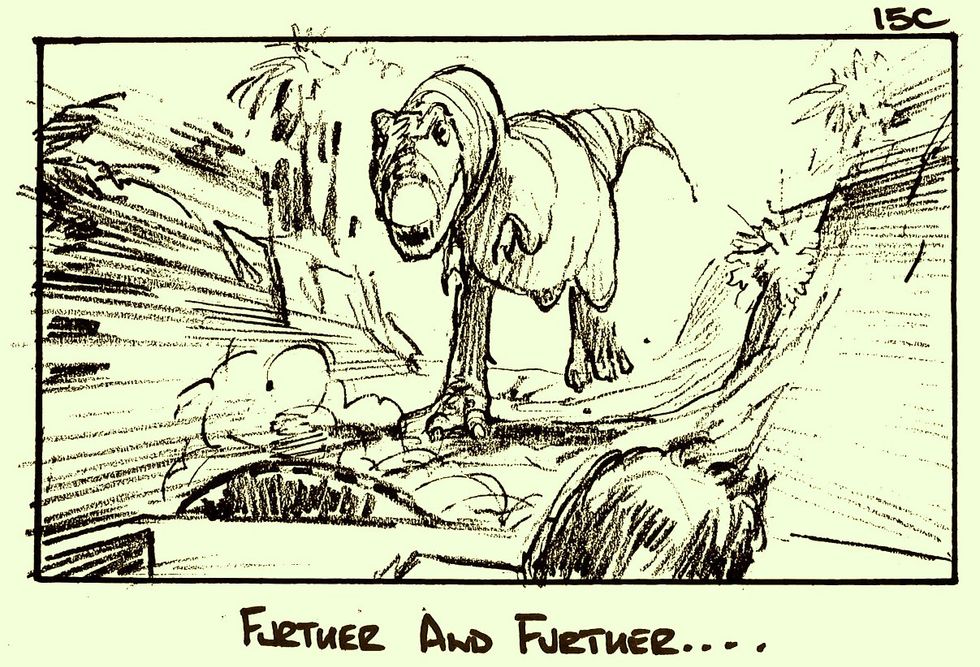
In the world of visual storytelling, storyboards can be a director and cinematographer’s best friend. They’re little boxes, which you draw your camera angles and theorize shots inside.
Whether you’re a budding filmmaker, a creative animator, or an advertising professional, mastering the art of storyboarding is crucial for transforming your ideas into compelling visual narratives.
Today, we delve into the essentials of storyboard creation, offering you a comprehensive checklist that serves as your guide through this creative process.
Sound good?
Let’s get started.
A Comprehensive Storyboarding Checklist

Creating a storyboard is an essential step in visual storytelling, whether for film, animation, advertising, or any other visual medium. Here’s a checklist to keep in mind before starting your storyboards:
- Understand the Story or Concept:
- Read and comprehend the script or narrative.
- Identify key scenes, moments, and emotions.
- Define the Purpose:
- Determine the storyboard’s objective (e.g., pitching, pre-visualization, etc.).
- Research and Inspiration:
- Collect reference materials (images, videos, artworks).
- Seek inspiration from similar works.
- Choose a Format:
- Decide on the storyboard layout (traditional panels, digital, etc.).
- Select an aspect ratio relevant to your medium (film, TV, online content).
- Plan Shots and Angles:
- Decide on camera angles and perspectives.
- Consider wide shots, close-ups, and cutaways.
- Sketch Thumbnails:
- Create quick, rough sketches to plan composition and flow.
- Focus on basic elements like framing and action, not details.
- Think Cinematically:
- Consider lighting, color, and depth.
- Plan transitions and movements.
- Character and Environment Design:
- Sketch key characters and settings.
- Dialogue and Annotations:
- Include dialogue or script excerpts where necessary.
- Annotate for camera movements, sound effects, and timing.
- Feedback and Collaboration:
- Share your storyboard with team members for feedback.
- Organize and Sequence:
- Ensure scenes are in logical order.
- Pay attention to pacing and rhythm.
- Technical Considerations:
- Plan for any special effects or complex animations.
- Prepare for Presentation:
- If presenting the storyboard, practice your pitch.
- Review and Finalize:
- Double-check all elements for consistency and clarity.
- Make final adjustments based on feedback and your own review.
Remember, a storyboard is a tool for visual planning and communication. It should clearly convey your vision for the story.
Your storyboard is much more than a series of sketches. It’s a powerful tool that bridges your creative vision with the final product, be it a film, animation, or any other visual medium.
By adhering to the checklist we’ve discussed, you are well-equipped to craft storyboards that are not only visually appealing but are also effective in storytelling.
Now, go get storyboarding.
Author: Jason Hellerman
This article comes from No Film School and can be read on the original site.
